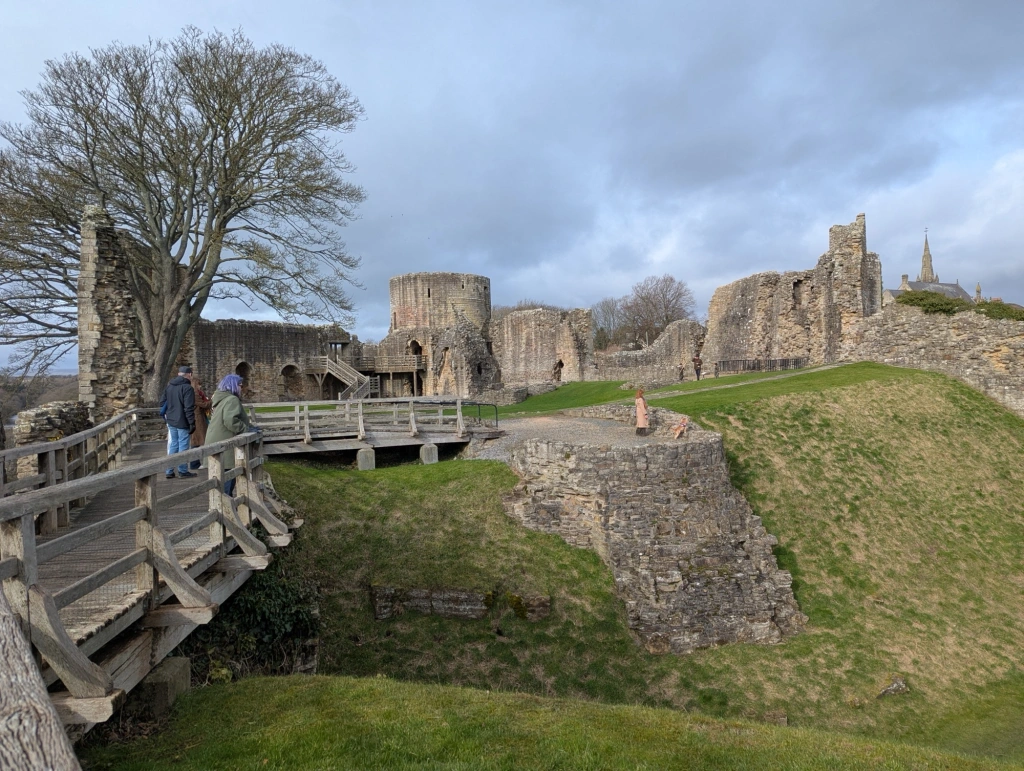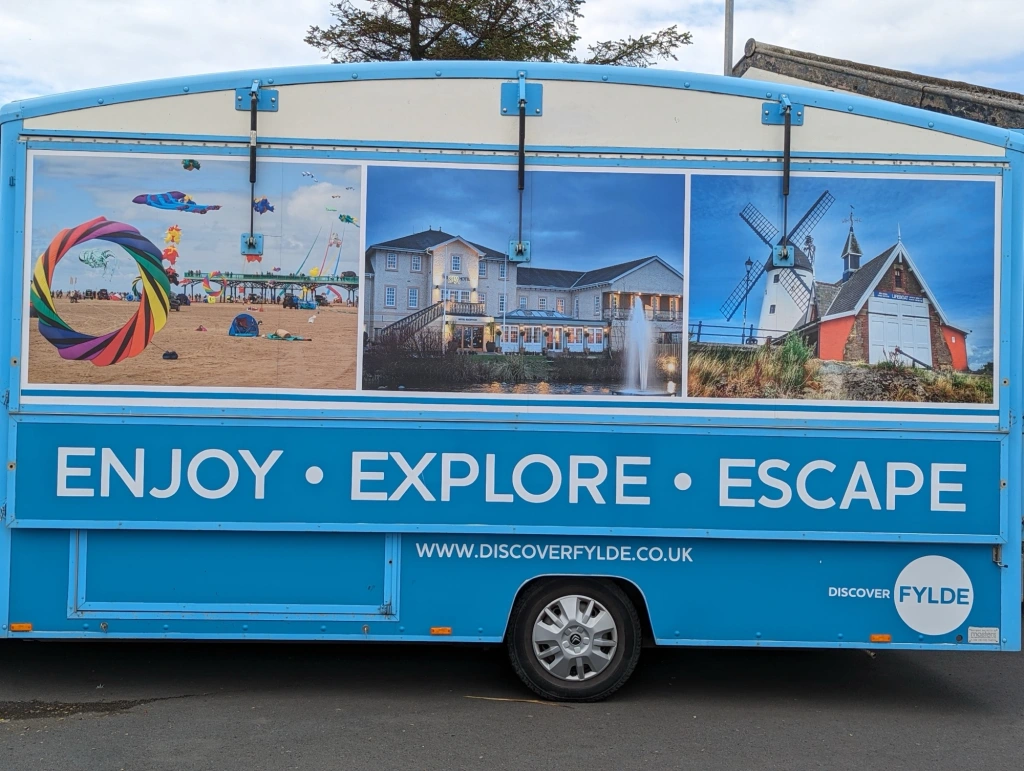Our short break in the north east of England was centred around the southern border of County Durham. This part of the county is noted for its stunning scenery, splendid cultural attractions and attractive small towns. It was our first visit to the area and I looked forward to our short break.
Day 1 – Bishop Auckland
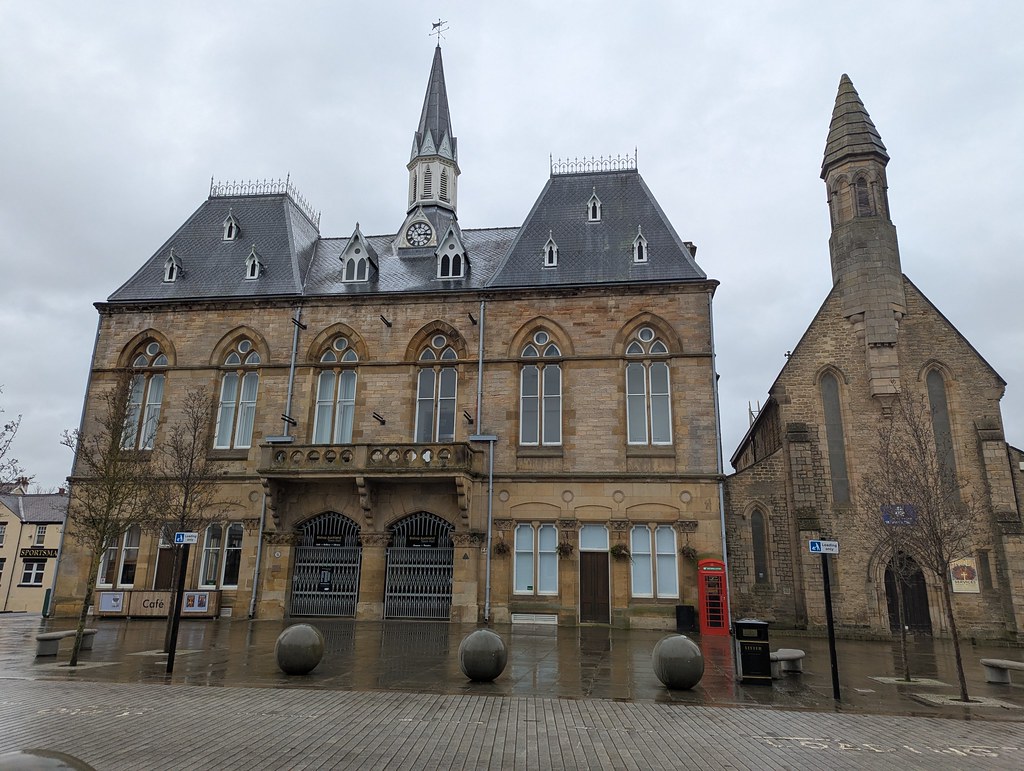
Bishop Auckland is a market town located 12 miles south west of Durham and was the former home of the Prince Bishops of Durham. The town has a rich history spanning over 2,000 years with much to see and do and I would suggest spending at least half a day there. We visited on our first day as we were able to arrive into Bishop Auckland by lunch time.
The Auckland Project

The Auckland Project is a unique collection of heritage attractions, galleries, gardens and parkland centred around the heart of the town. Tickets to individual attractions can be obtained or for better value I recommend the all inclusive Bishop’s Key which allows unlimited access for one year. The Auckland Project’s attractions are all within easy reach of Bishop Auckland Station, either by bus or on foot for those visitors not having access to a car.
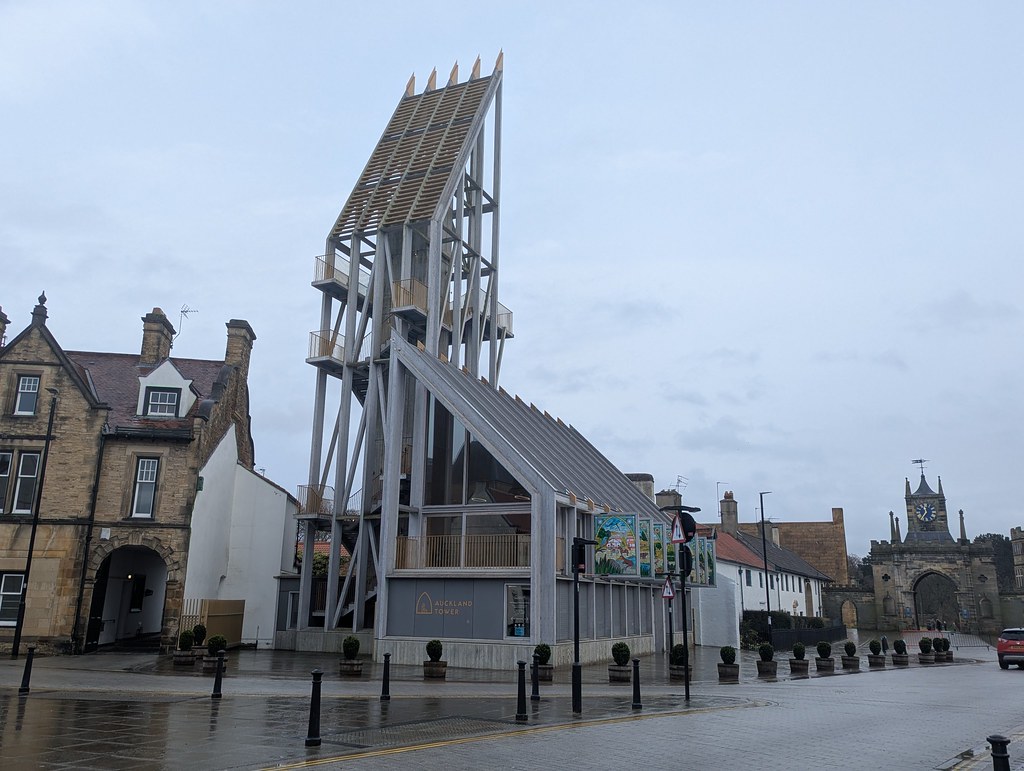
The Auckland Tower – It’s best to start your tour at the Auckland Tower which is located to one end of the market square and has become a focal point of the town. The entrance foyer contains a visitor centre where tickets for the Auckland Project can be purchased. It’s also a good place to pick up maps and request advice from the helpful team there. The tower is actually free to visit and on a clear day offers delightful views over the local landscape. Unfortunately on the day of our visit the tower ascent was closed due to strong winds so we were unable to experience it for ourselves.

Auckland Palace – Upon leaving the Auckland Tower it was then just a short walk through the elaborate stone archway to Auckland Palace. The palace is a remarkable symbol of faith and power that was once the seat of the Prince Bishops of Durham who were given exceptional powers by the Norman Kings of England. In addition to leading the Church, their power extended to governing vast swathes of the North East England.

St. Peter’s Chapel – Volunteer staff are positioned in most rooms to answer questions and after watching a short informative video on the history of the palace we made our way into St Peter’s Chapel. This is one of the largest and most beautiful private chapels in Europe. Boasting large stained glass windows, stone and marble pillars and with heraldic shields featuring the coats of arms of bishops past and present, it’s absolutely beautiful. St. Peter’s is still a working church with services taking place each Wednesday morning.
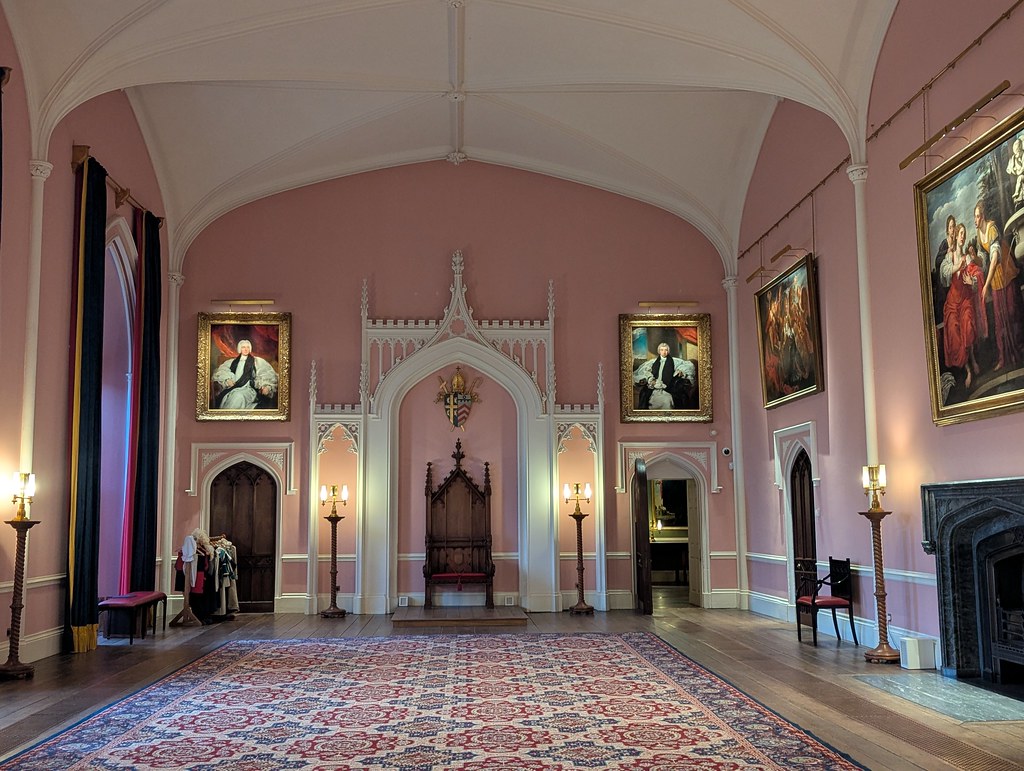
We then moved into the Throne Room which was designed by the renowned English architect James Wyatt. It was once used to entertain guests and has recently been restored to its original grandeur.

The self guided tour continued into the former Private Apartments of the Bishops of Durham, which gave us an insight into the day-to-day lives of the Bishops from the 1800s right up to the present day with a selection of room settings through the ages.
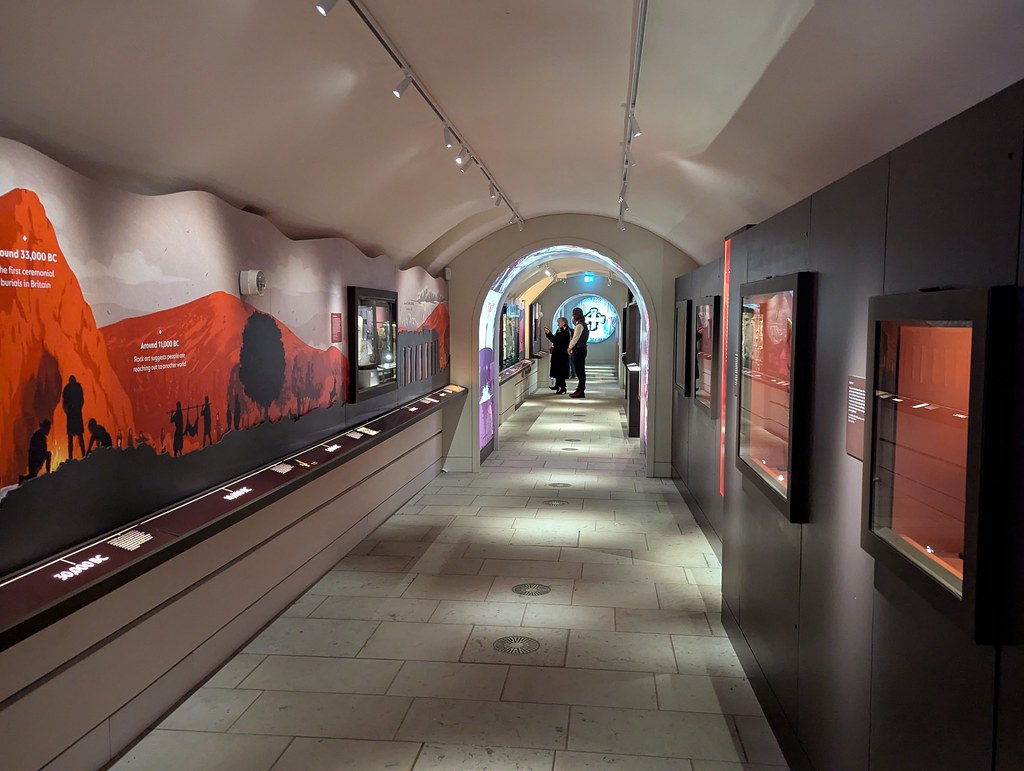
The Faith Museum – Located in the historic Grade 1 listed Scotland Wing of Auckland Palace, The Faith Museum explores the many ways in which faith has shaped lives and communities across Britain. It’s a well designed, thought provoking museum as its galleries invite visitors to consider how people across history have encountered faith. The museum showcases over 250 objects on loan including rarely seen national treasures, personal mementos and contemporary commissions.
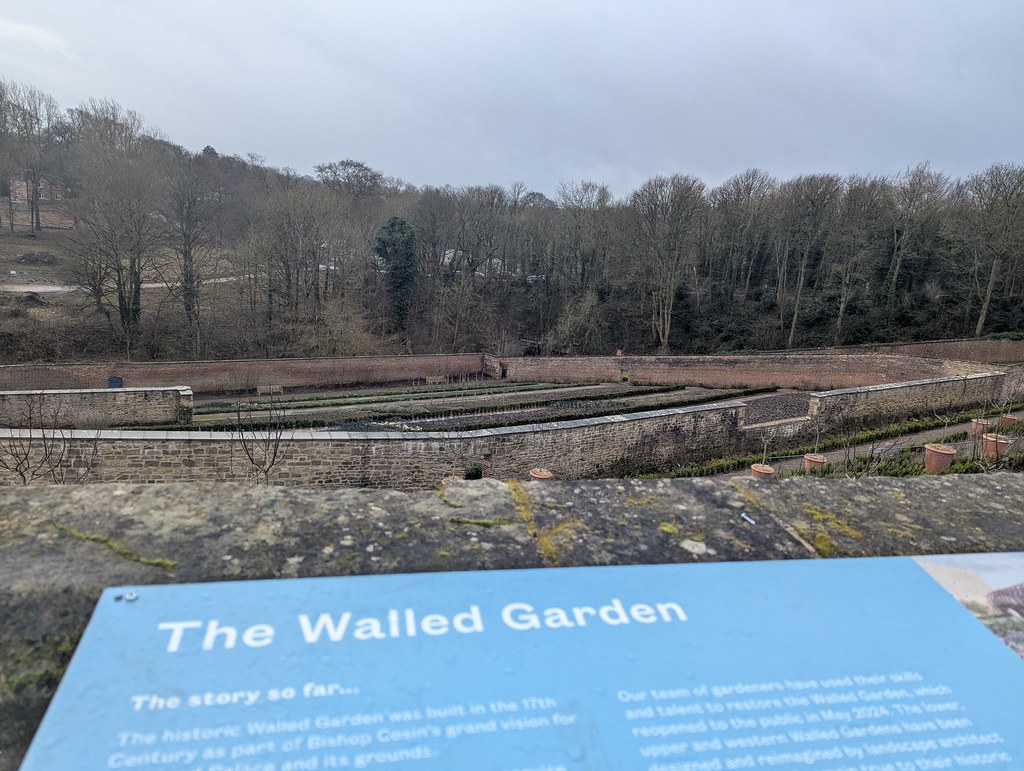
Auckland Gardens – As our visit was in wintertime there wasn’t a great deal happening in the gardens but visitors from Spring onwards can take delight in wandering through the landscaped gardens surrounding Auckland Palace. With the 17th-century Walled Garden, Wilderness Garden, Faith Garden, North Terrace, Bowling Green and Great Garden there’s much to enjoy and plenty of benches on which to relax and take in the views.
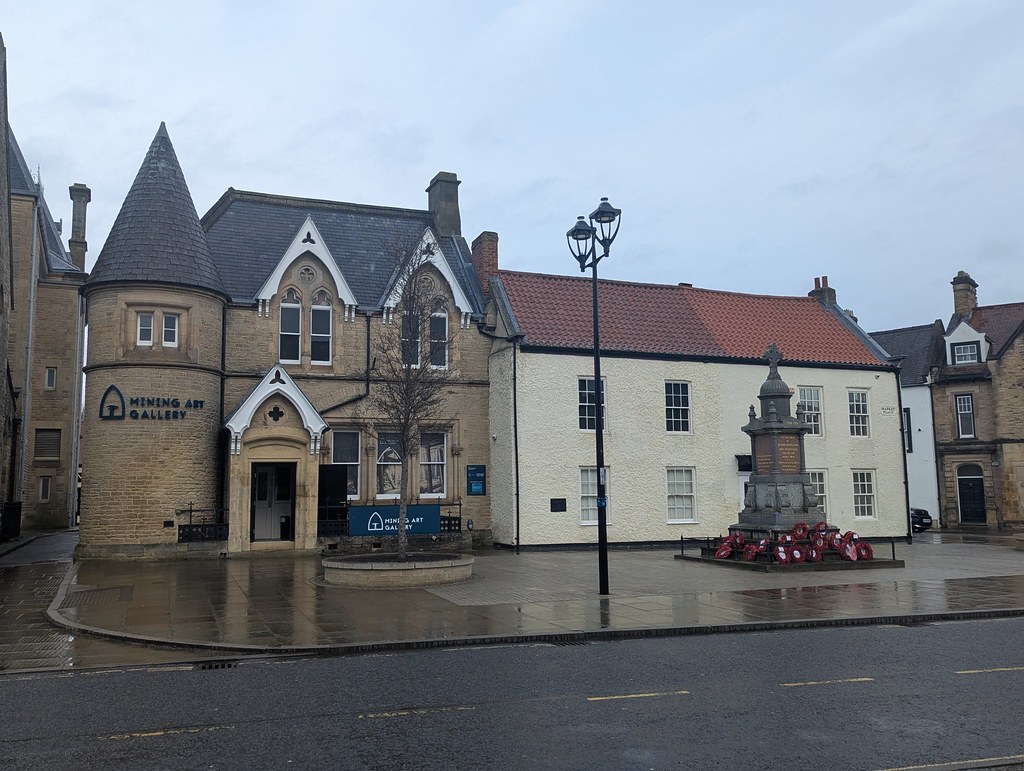
Mining Art Gallery – Situated close to the Auckland Tower stands the Mining Art Gallery. Coal was a very rich mineral resource in County Durham and was mined in substantial quantities even in medieval times. The gallery’s inspiring art collection depicts life in the coal mines and the communities that grew around them. The renowned Gemini Collection of Mining Art consists of more than 420 works by local artists many of whom had worked down the mines themselves. I am unable to illustrate the art work as photography is not allowed in this gallery.
Day 2 – High Force Waterfall and Raby Castle
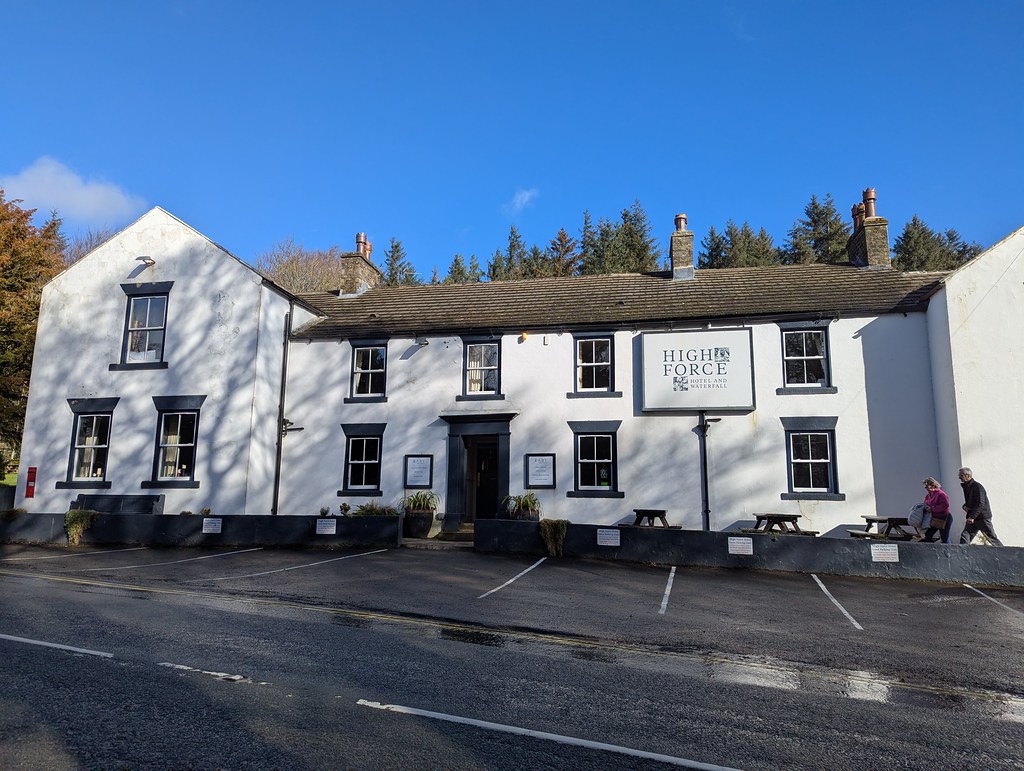
High Force Waterfall
High Force is one of the most impressive waterfalls in England and is located on the River Tees close to the small town of Middleton-in-Teesdale in an Area of Outstanding Natural Beauty (AONB). The waterfall spectacularly drops 70 feet (21m) into a plunge pool below. Access to the northern bank is via a private footpath from the High Force Hotel for which a £3.50 fee is charged. As there had been heavy rain in the weeks before our visit we were able to experience High Force in full flow.

It was just a 10-15 minute gentle walk along a well maintained path to the bottom of the falls with just one short flight of steps down to the viewing area. Visitors can then either retrace their footsteps back up to the car park or alternatively return via the woodland walk which is slightly more strenuous and was quite muddy in places when we visited. Please note that the car park adjacent to the High Force Hotel is managed separately and an additional fee of £3 is payable for up to three hours parking.
Raby Castle

Raby Castle is located on the A688 one mile north of Staindrop and a 20 minute drive from High Force waterfall. Raby is one of the most impressive intact castles in the North of England and was constructed in the 14th century by the powerful Neville family, it has a long history as Cecily Neville was mother of two kings of England. The was also the scene of the plotting of the Rising of the North and a Parliamentary stronghold during the Civil War.
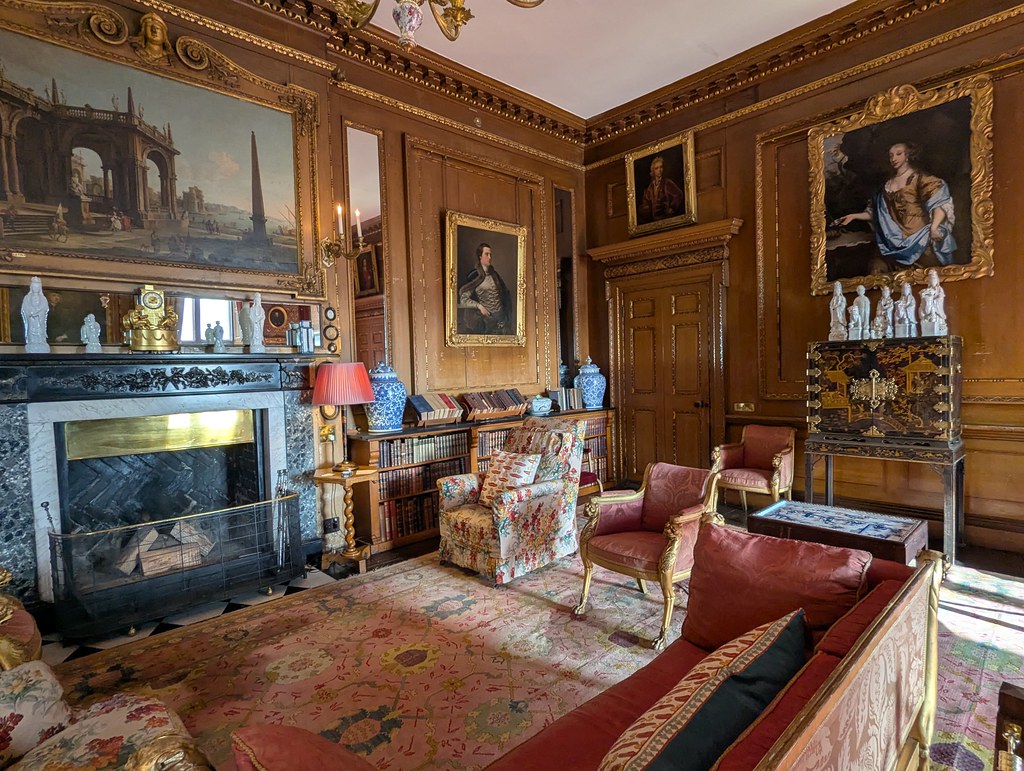
The castle is characterised by its vast medieval towers, terrace and curtain walls dating back to the 11th Century. The expansive grounds boast picturesque parkland, lakes and wild roaming deer. We enjoyed tea and cakes in the Vinery Cafe before joining the 1.00 p.m. guided tour of the castle.
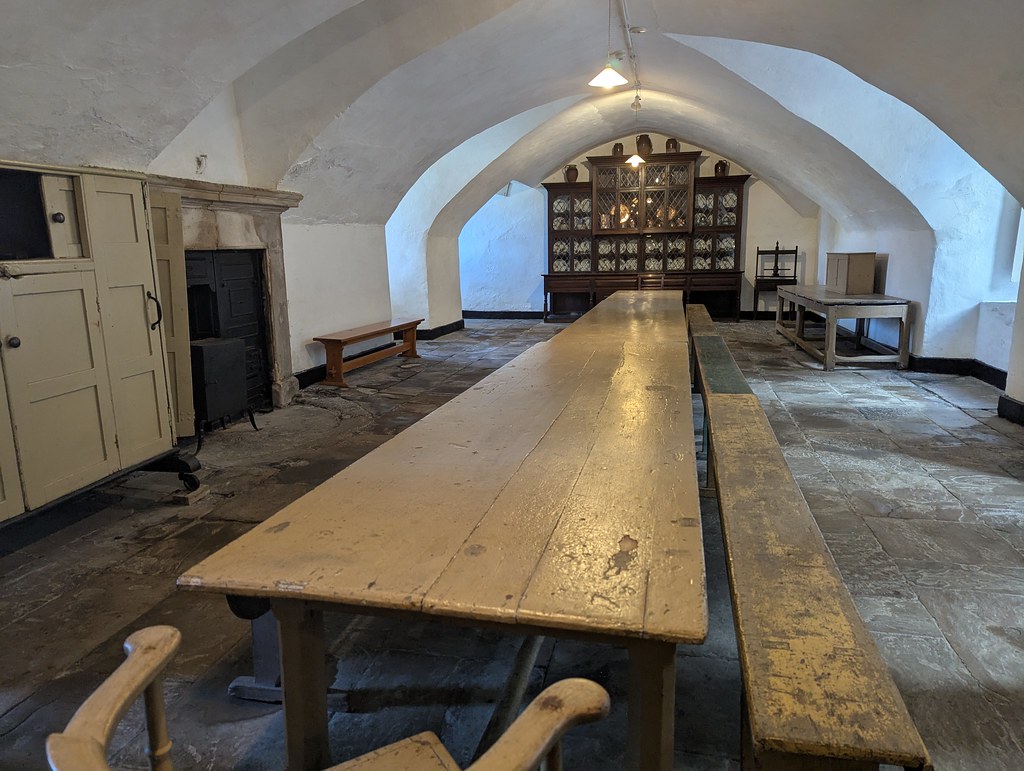
Raby Castle is still a family home, the seat of Lord and Lady Barnard as we were to discover as we were led through a series of Medieval, Regency and Victorian interiors. The sumptuous interior felt more like a stately home than a castle with its vast array of art, textiles and furniture from the UK and Europe dating from the 17th to the 20th century.
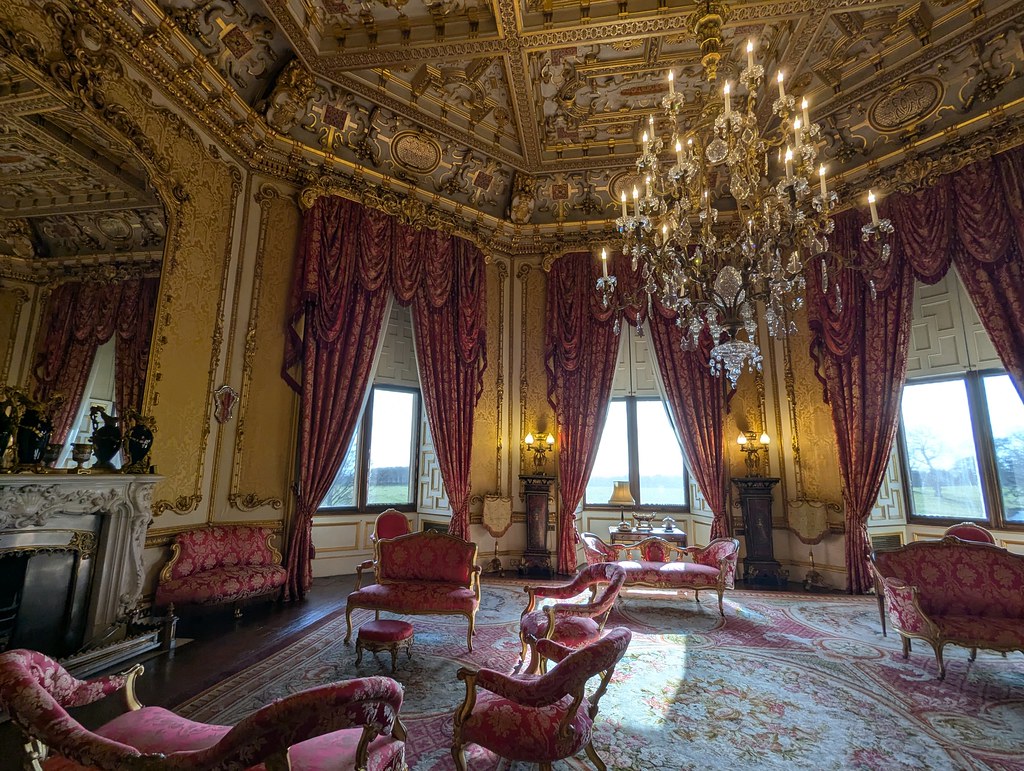
Our tour took us through the opulent Octagon Room which was designed to impress with the dining room, library and drawing room all being lavishly furnished. At the other end of the scale, we explored the head housekeeper’s bedroom and below stairs the servants dining room, kitchens and scullery. Our tour was led by an informative guide who engaged well with both the adults and children on the tour.
Day 3 – Barnard Castle and The Bowes Museum

We started the day with the short drive to Barnard Castle, a historic market town which takes its name from the castle around which it grew. The ruined castle is an English Heritage property and was named after its 12th Century founder, Bernard de Balliol, and was later developed by Richard III whose boar emblem is carved above a window in the inner ward.
The Bowes Museum
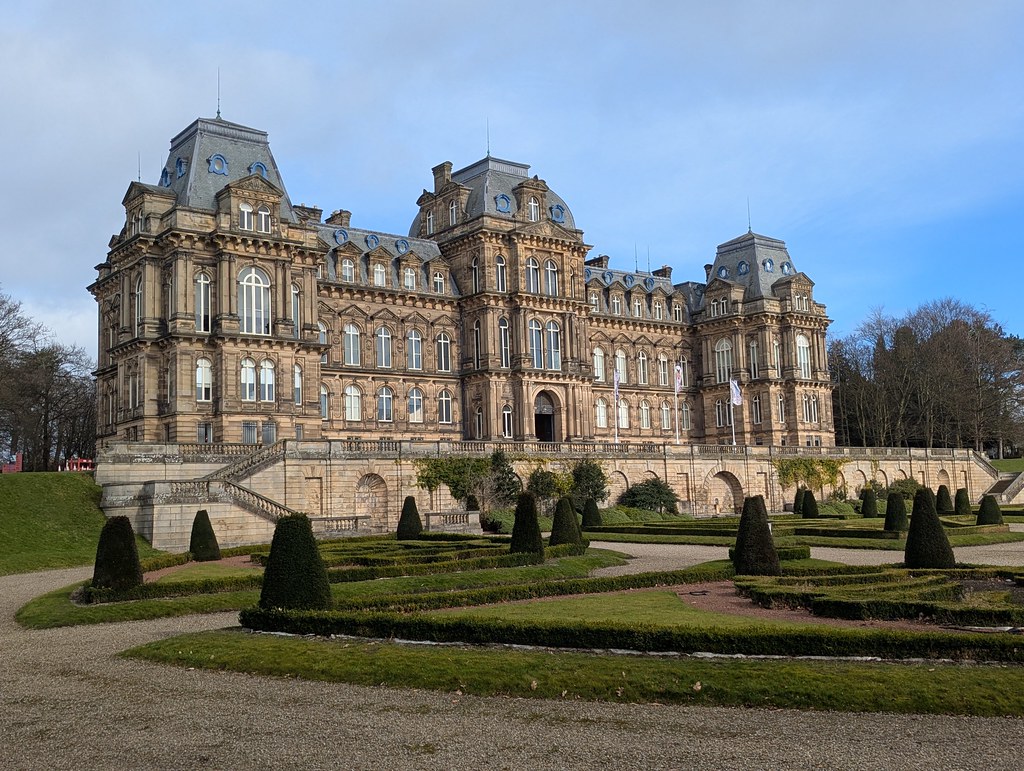
The Bowes Museum is located on the edge of the town and as it’s large we opted to visit there first. An impressive and charming French-style building, built in the late 19th Century by John and Josephine Bowes, surrounded by beautiful gardens and parkland. The museum houses a collection of European fine and decorative arts and is regarded as one of the most significant museums outside London.
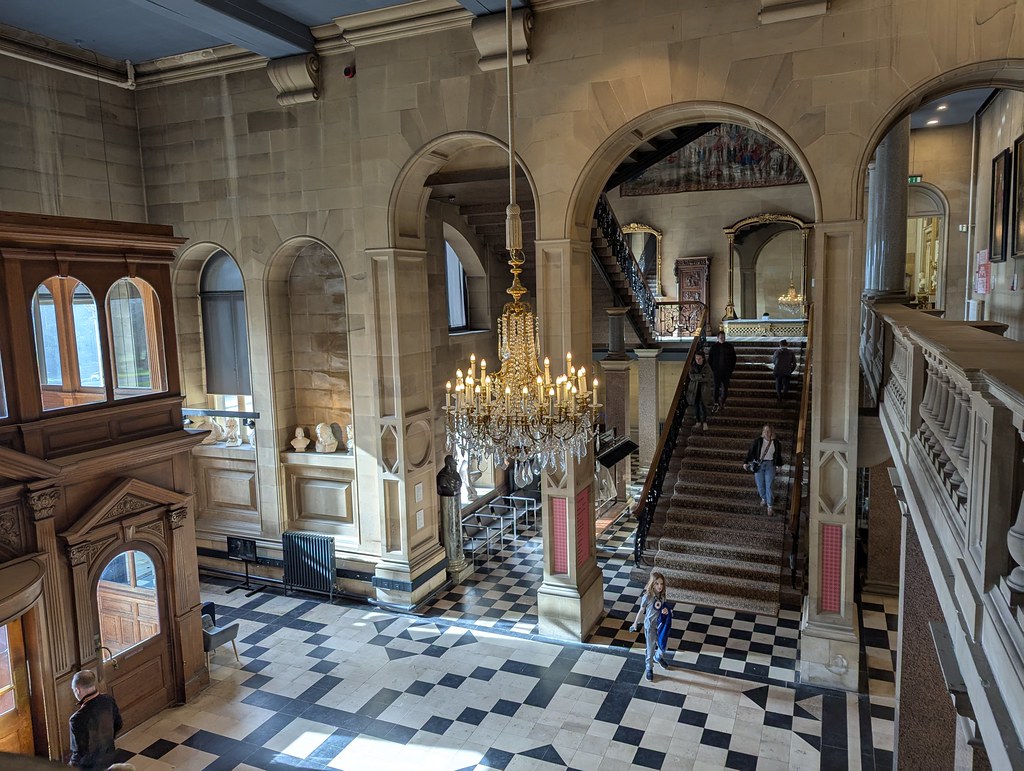
Touring the museum is by self guided tour, with staff on hand in many of the galleries to answer queries. The museum was the vision of a pioneering woman, Josephine Bowes and her husband John. A businessman and the son of an Earl, John met Josephine when he bought the Théâtre De Variétés in Paris, where she was an actress and they married in 1852.
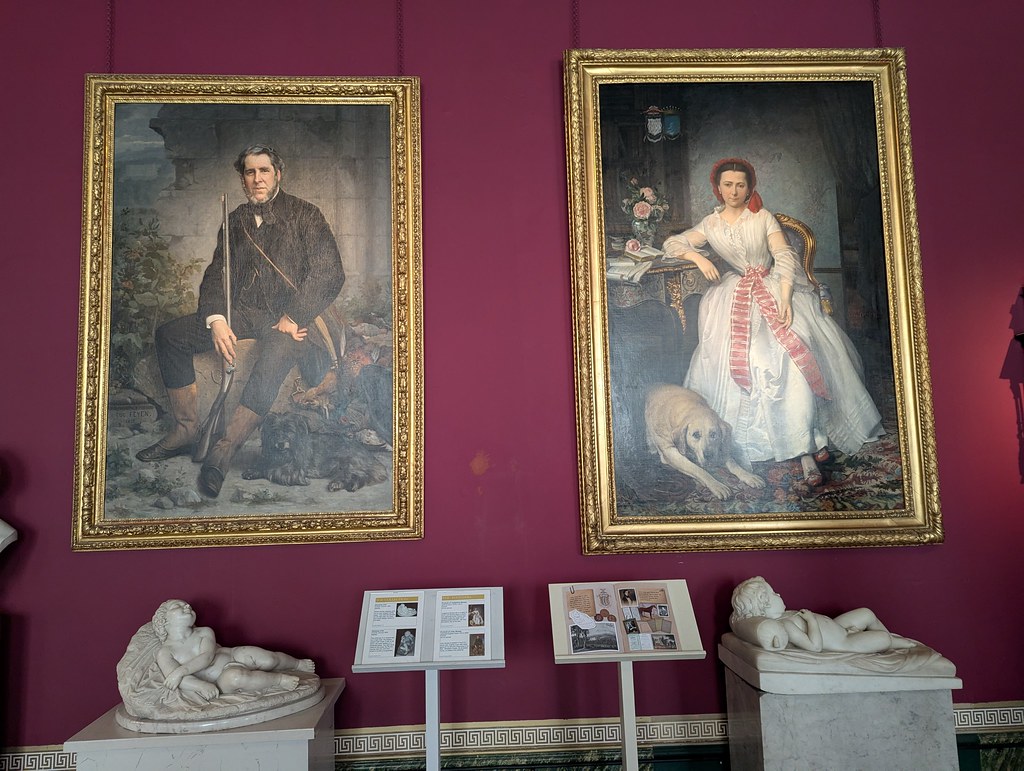
Joséphine, an accomplished artist, indulged her passion for collecting and became a patron of the arts. In 1862 she decided to sell John’s wedding gift to her, their home in France to start their museum project so they could share their love of art with the people of Teesdale, near John’s family home. Sadly neither of them lived to see their museum open to the public in 1892.
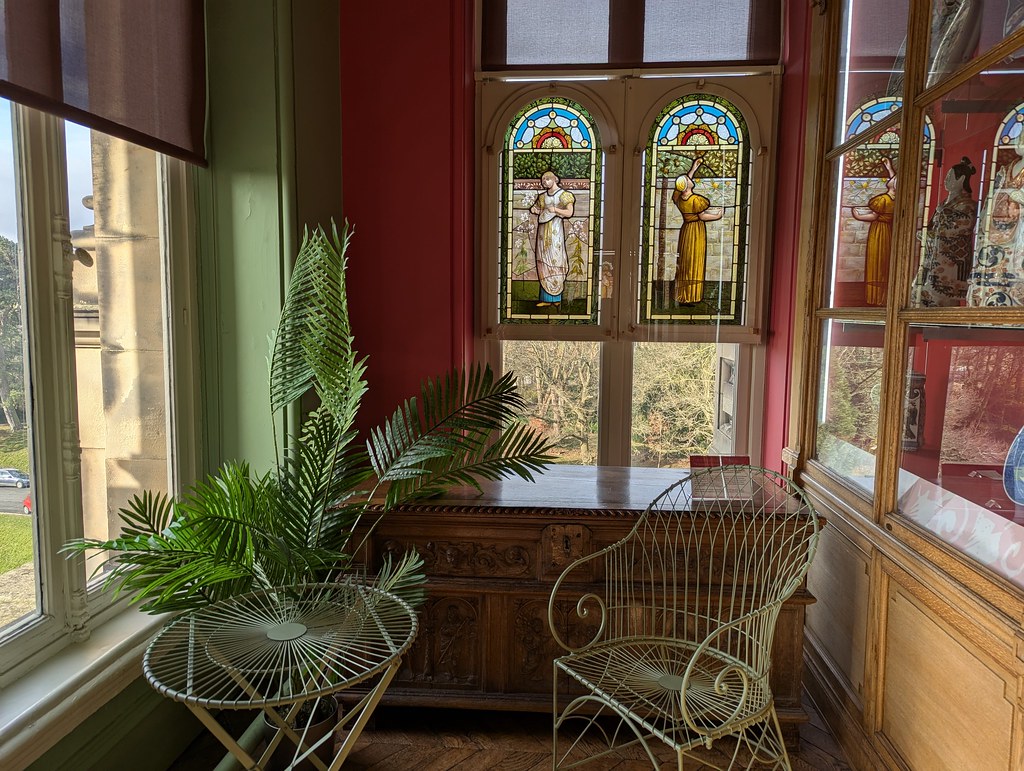
The vast collection includes paintings, silver, sculptures, costumes, musical instruments, room layouts and much more. We timed our visit to watch the mesmerising daily performance of the life size Silver Swan clockwork automaton. In full working order, once wound up, it moves its head and neck, plays music and appears to catch a fish.
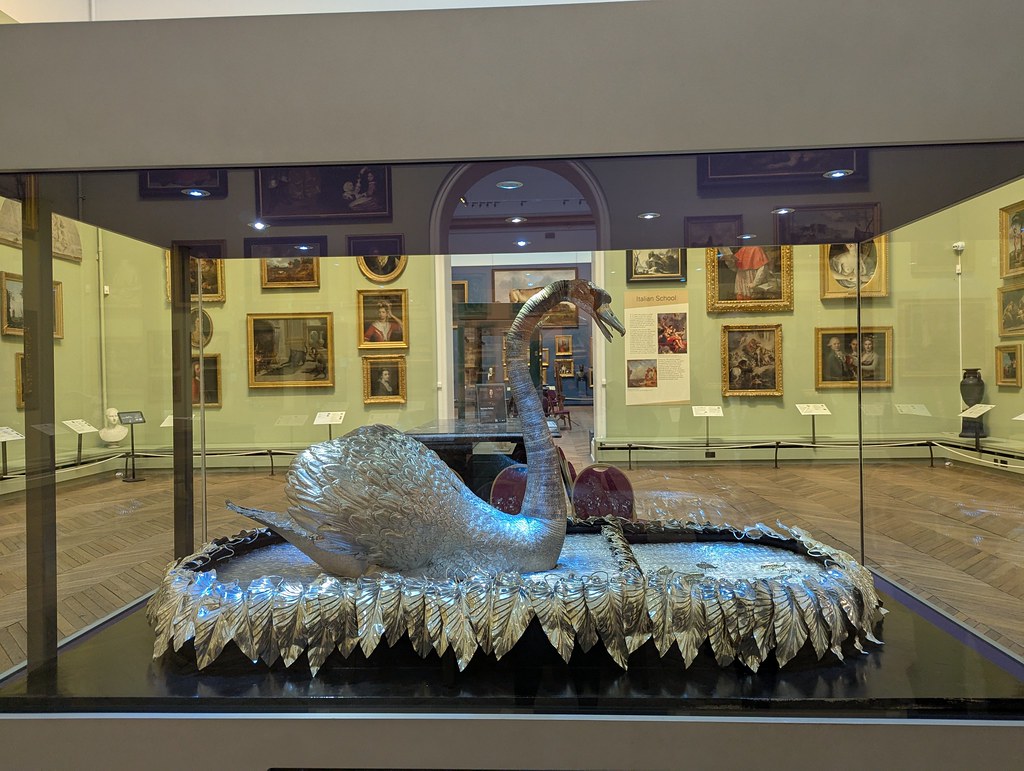
We then rounded off our visit with lunch in Cafe Bowes on the ground floor. Our mains of seafood chowder and hog roast sausage and mash were both delicious as were the attractive surroundings.
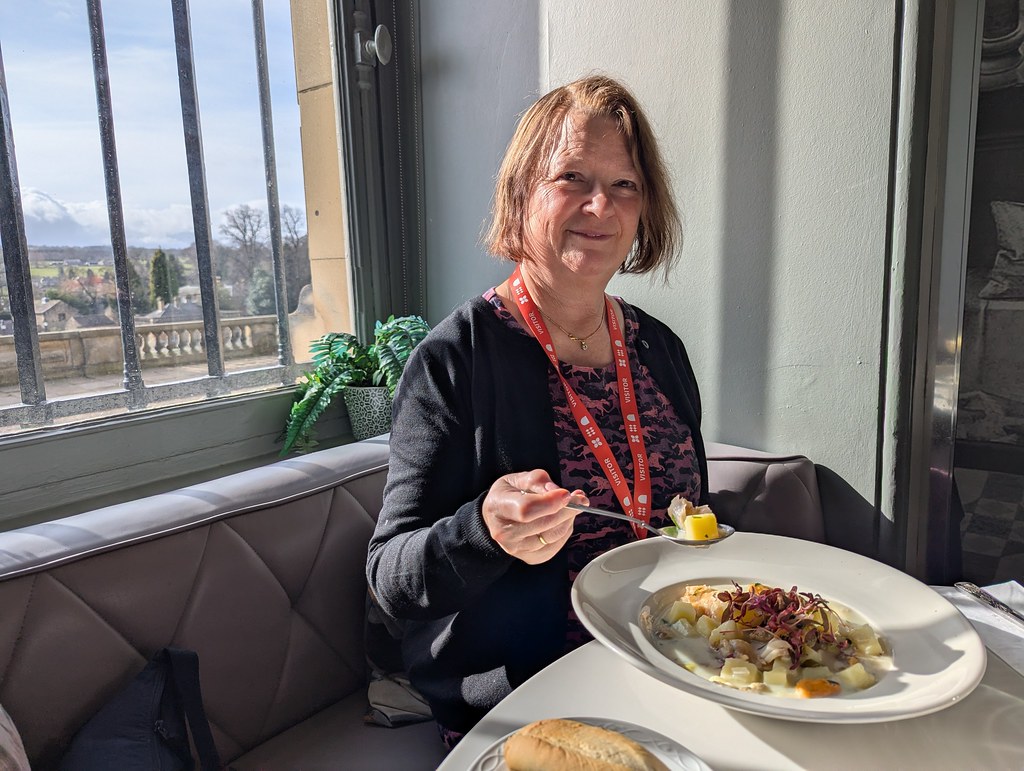
Barnard Castle
We then moved the car to the other end of the town so that we could explore the castle ruins. It was a sunny afternoon just perfect for a stroll through the grounds.
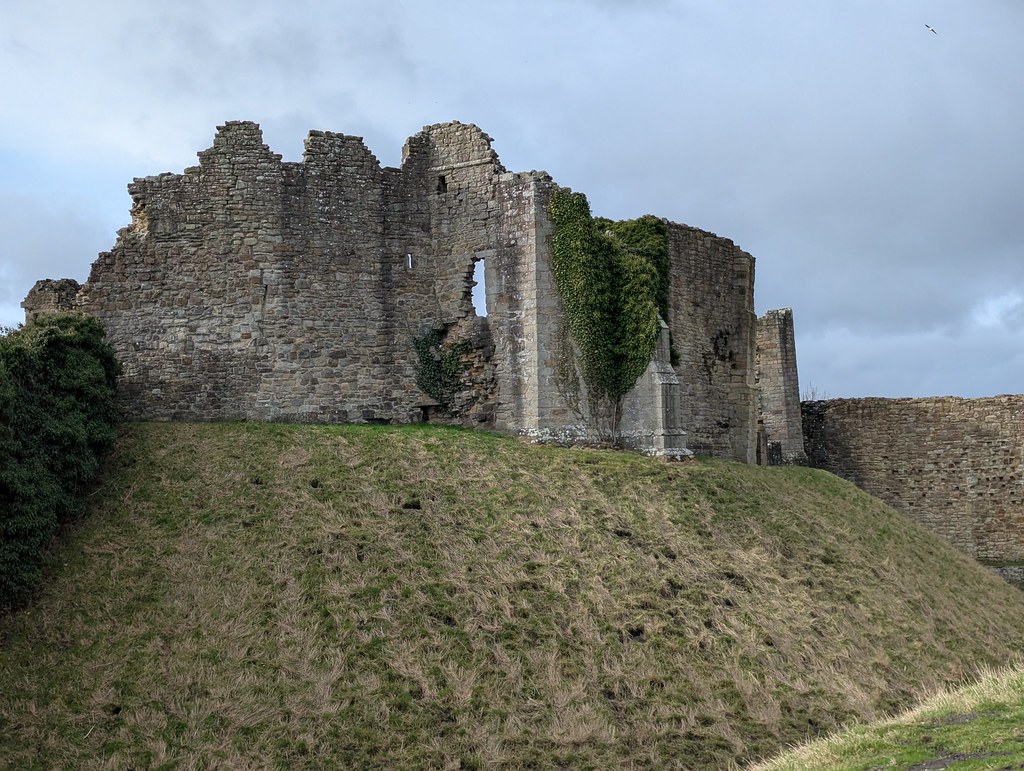
The castle was built to control a river crossing between the Bishop of Durham’s territory and the Honour of Richmond. Much of the present castle was built during the 12th and early 13th centuries by the Balliol family. Stretching from the huge outer ward to the relatively intact innermost stronghold towering above the gorge there was plenty to see, and with information boards strategically placed, we learnt about the castle’s history.
A walk around the town followed before setting off home after spending a lovely three days exploring this beautiful part of County Durham.

